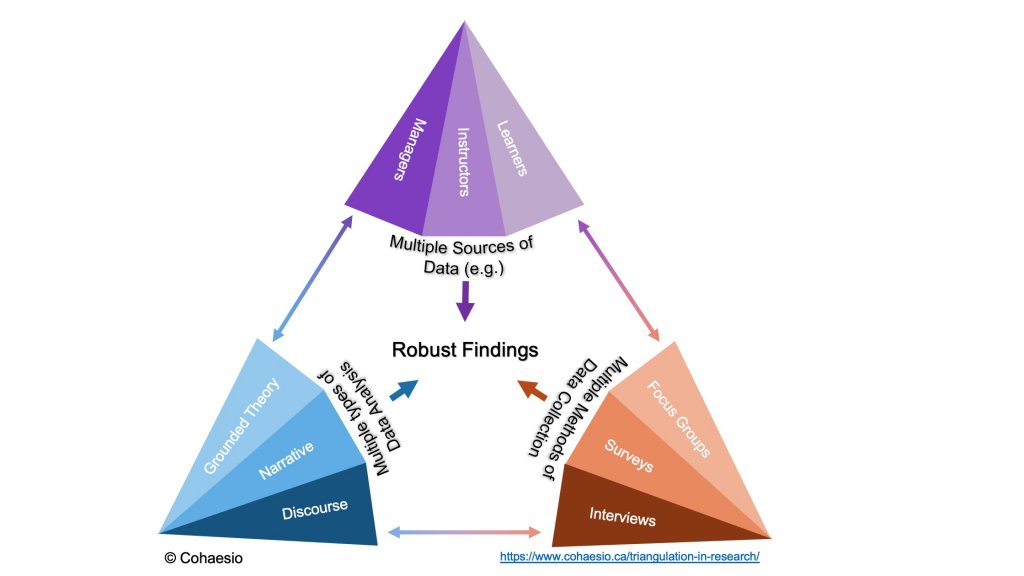Reverse Osmosis Membrane Market Size & CAGR
The Reverse Osmosis Membrane market is projected to reach a market size of USD 5 billion by 2023, with a Compound Annual Growth Rate (CAGR) of 7.5% from 2023 to 2030. The forecast growth rate indicates a steady expansion in the adoption of reverse osmosis membrane technology across various industry verticals.
COVID-19 Impact on the Reverse Osmosis Membrane Market
The global pandemic has significantly impacted the Reverse Osmosis Membrane market, leading to disruptions in the supply chain and a slowdown in project implementations. The economic uncertainty caused by COVID-19 has resulted in delays in new installations and a shift in consumer behavior towards cost-saving measures. However, the market is expected to rebound as industries recover and focus on water treatment solutions intensifies.
Reverse Osmosis Membrane Market Dynamics
The Reverse Osmosis Membrane market is driven by the increasing demand for clean and potable water, stringent environmental regulations, and advancements in membrane technology. The market is also influenced by factors such as population growth, urbanization, and industrialization, which contribute to the need for efficient water treatment solutions. Despite challenges posed by high initial costs and maintenance requirements, the market is poised for growth due to the critical role of reverse osmosis membranes in water purification.
Segments and Related Analysis of the Reverse Osmosis Membrane Market
The Reverse Osmosis Membrane market can be segmented based on technology, product, application, and end-user. Technologies include Thin-Film Composite (TFC), Cellulose Triacetate (CTA), and others. Products encompass Spiral-wound, Tubular, and Plate & Frame membranes. Applications range from desalination, wastewater treatment, to food & beverage processing. End-users include municipal, industrial, and residential sectors, each with specific requirements for water treatment solutions.
Reverse Osmosis Membrane Market Analysis Report by Region
Asia Pacific Reverse Osmosis Membrane Market Report
The Asia Pacific region dominates the Reverse Osmosis Membrane market due to rapid industrialization, population growth, and increasing water scarcity. Countries like China, India, and Japan are major consumers of water treatment solutions, driving the demand for reverse osmosis membranes.
South America Reverse Osmosis Membrane Market Report
South America is witnessing a growing adoption of reverse osmosis membrane technology in industries such as mining, agriculture, and municipal water treatment. Brazil and Chile are key markets for membrane manufacturers, offering opportunities for expansion in the region.
North America Reverse Osmosis Membrane Market Report
North America has a mature Reverse Osmosis Membrane market, driven by strict regulatory standards for water quality and environmental protection. The United States and Canada are major contributors to the market, with a focus on sustainable water management practices.
Europe Reverse Osmosis Membrane Market Report
Europe is experiencing a steady growth in the Reverse Osmosis Membrane market, driven by investments in water infrastructure, technological advancements, and the emphasis on water reuse and recycling. Countries like Germany, France, and Italy are leading the adoption of membrane technology in the region.
Middle East and Africa Reverse Osmosis Membrane Market Report
The Middle East and Africa region face water scarcity challenges, making reverse osmosis membranes crucial for water desalination and purification. Countries like Saudi Arabia, UAE, and South Africa are investing in water treatment solutions, creating opportunities for membrane manufacturers.
Reverse Osmosis Membrane Market Analysis Report by Technology
The Reverse Osmosis Membrane market can be analyzed based on various technologies such as Thin-Film Composite (TFC), Cellulose Triacetate (CTA), and others. Each technology has its unique advantages and applications, influencing market trends and demand.
Reverse Osmosis Membrane Market Analysis Report by Product
Spiral-wound, Tubular, and Plate & Frame membranes are the primary products in the Reverse Osmosis Membrane market. These products cater to different industry requirements, offering diverse solutions for water treatment and purification.
Reverse Osmosis Membrane Market Analysis Report by Application
The Reverse Osmosis Membrane market finds application in desalination, wastewater treatment, food & beverage processing, and other sectors. The diverse applications of reverse osmosis membranes drive market growth and innovation in water treatment solutions.
Reverse Osmosis Membrane Market Analysis Report by End-User
The Reverse Osmosis Membrane market serves various end-users such as municipal, industrial, and residential sectors. Each end-user segment has unique requirements for water treatment solutions, shaping market dynamics and trends.
Key Growth Drivers and Key Market Players of Reverse Osmosis Membrane Market
Key growth drivers of the Reverse Osmosis Membrane market include the increasing demand for clean water, stringent regulations on water quality, and technological advancements in membrane technology. Key market players operating in the industry include:
- Dow Water & Process Solutions
- Hyflux Ltd.
- Toray Industries, Inc.
- Koch Membrane Systems
- GE Water & Process Technologies
Reverse Osmosis Membrane Market Trends and Future Forecast
The Reverse Osmosis Membrane market is witnessing trends such as increasing adoption of membrane technology in industrial processes, focus on water conservation and sustainability, and advancements in membrane efficiency and performance. The future forecast indicates a positive outlook for the market, driven by the growing need for water treatment solutions globally.
Recent Happenings in the Reverse Osmosis Membrane Market
In recent developments, key players in the Reverse Osmosis Membrane market have announced strategic partnerships, product launches, and acquisitions to enhance their market presence and offerings. Companies are focusing on innovation and collaboration to address evolving market demands and drive growth in the water treatment industry.



